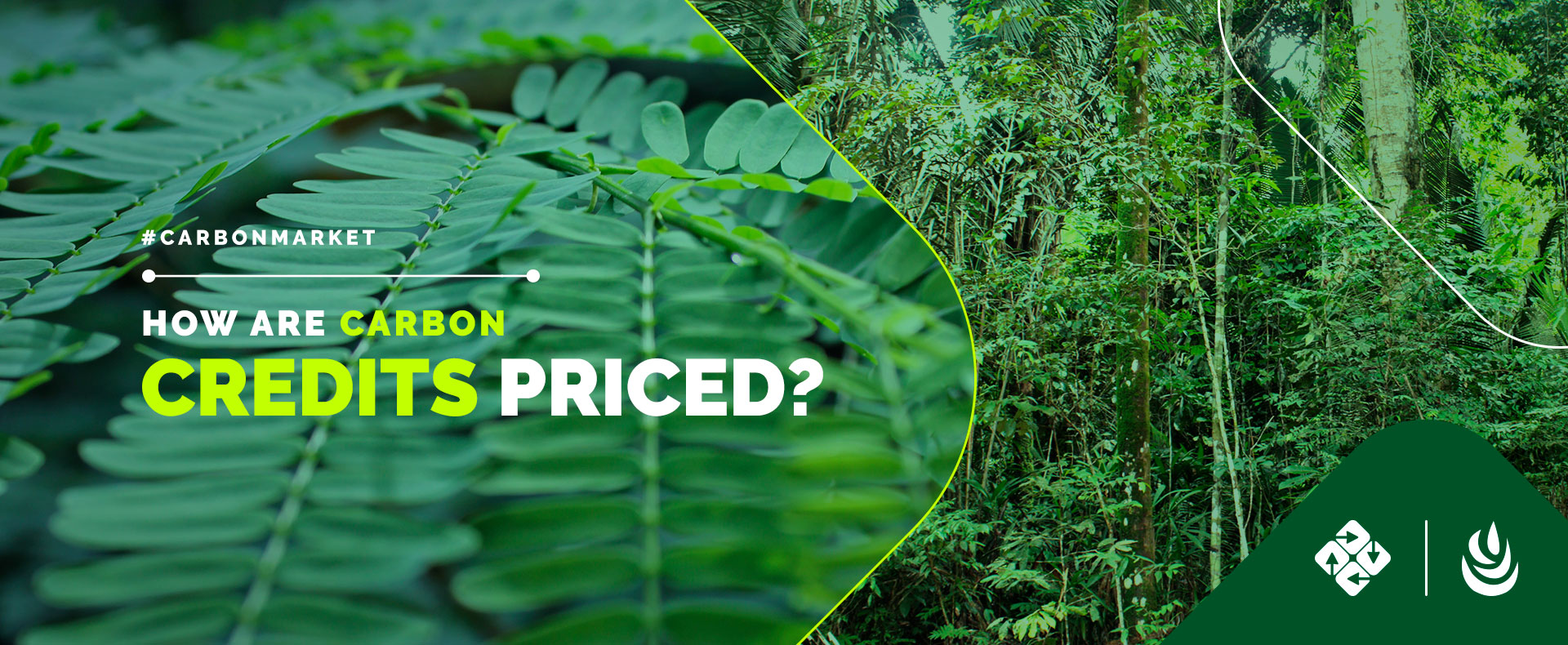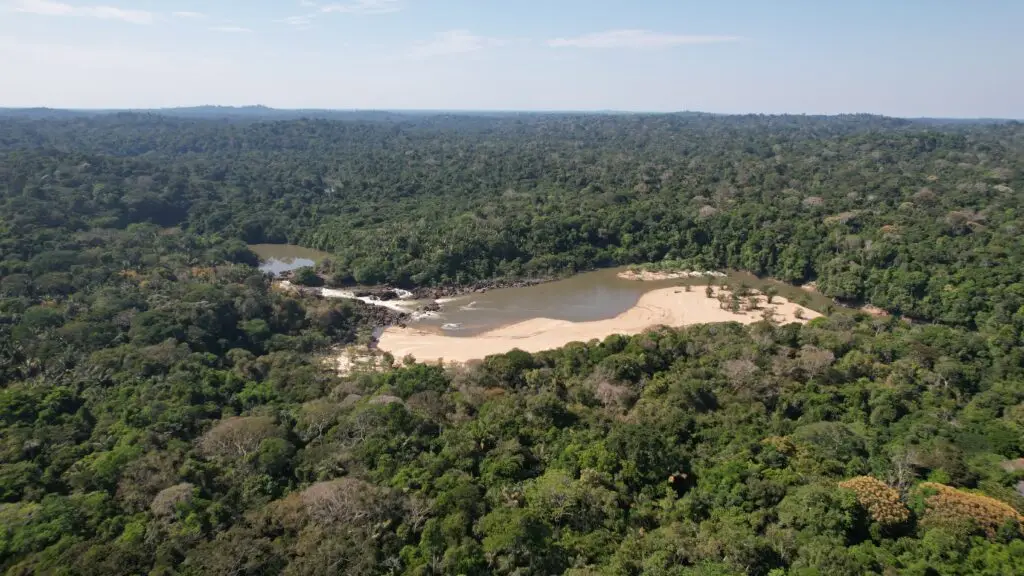Understand the factors that influence the price of carbon credits and why the increase in prices over time is a positive development.

Forward-looking, environmentally conscious companies are doing their best to reduce carbon emissions with improvements in industrial and operational processes, such as opting for cleaner fuels and renewable energy, in line with net-zero emissions goals.
Despite those measures, oftentimes hard-to-abate emissions remain. And with expensive carbon removals technology unavailable or still in development, demand for carbon credits to neutralize emissions increased this year.
We have seen strong market growth since the pre-COVID-19 pandemic, and volumes traded during Q1 and Q2 2021 were higher than in the previous year.
At the same time, buyers are also demanding high-quality credits. In addition to neutralizing emissions, companies want to know that the credits purchased are certified and issued from respected organizations that seek impacts beyond climate.
As in most markets, carbon credit prices are influenced by the law of supply and demand, but credit pricing goes far beyond that economic theory.
How are carbon credits valued?
Find out the factors that influence prices.
Factor 1: Project location
The Brazilian Amazon Forest, for example, is the largest tropical forest in the world and one of the main carbon sinks on the planet. Its importance for biodiversity leads to an appreciation of credits from projects in this region. The same is true for tropical forests and biomes on other continents.
Factor 2: Project type
Aspects beyond the emission reductions matter when pricing a carbon credit.
Does the project develop social work with communities? Does the project research and protect biodiversity? If so, the investments needed to develop these activities result in higher operating costs which translates to stronger prices.
co-benefits such as these are more often found in forestry projects and less often in renewable energy carbon and biogas projects, which in turn have a lower market price.
Factor 3: Carbon credit age – the vintage of carbon credits
The vintage refers to the year in which the activities that led to carbon emissions reduction took place.
Vintages are categorized by year, such as Vintage 2020. The buyer market can evaluate the permanence and active operation of carbon projects that are issued newer-year vintages.
The buyer tends to pay more for the newer issuances, such as vintages 2016 to 2020, which span the five years preceding the current year. It is important to emphasize that older vintages do not expire and continue to neutralize emissions, and they generally have lower prices.
Factor 4: Volume Range
There is also the volume factor: the smaller the purchase volume, the higher the price. Developers often give discounts for purchases above 100,000 tonnes of carbon credits, but this can vary with each project developer’s strategy.
“It is important for companies that enter this market to understand the aspects that influence the price of a carbon credit. A project that has a greater impact and social work, has higher operating costs, so the price will naturally be higher – even these projects only exist because of the revenue from sales of carbon credits!
The expected trend is for the price to continue increasing in coming years. Higher prices encourage the development of new projects that generate positive social and environmental impacts. Thinking from the business side, many companies are even opting for futures contracts to guarantee and fix prices now. It’s a good strategy to reduce risk and secure access to credit for years to come.”

Laion Pazian
Commercial Lead
Biofílica Ambipar Environment
Transparency
To support the strong growth of the market and to meet the demands of transparency and quality required, OPIS applies its carbon market pricing expertise by producing a daily index that brings transparency to REDD+ projects.
OPIS launches price index and brings transparency to the voluntary carbon market
The company publishes OPIS Global Carbon Offsets Report with the daily vintage-specific average prices. Check out recent prices:

The carbon credit market is evolving fast. We know that this is an issue that raises many doubts, and the continuous increase in prices can be frightening.
But it’s important to remember that the price strength results from co-benefits and the increasing positive impacts on climate, biodiversity and socioeconomic development.
Contributing to these factors is urgent, not only to combat the climate emergency, but also to reverse the accelerated loss of biodiversity and create sustainable sources of income for families.
Our team is prepared to clarify any other doubts and find the best solution for your company to contribute to the sustainable development of our planet.
Let’s work together?
[divider height=”30″ style=”default” line=”default” themecolor=”1″]






